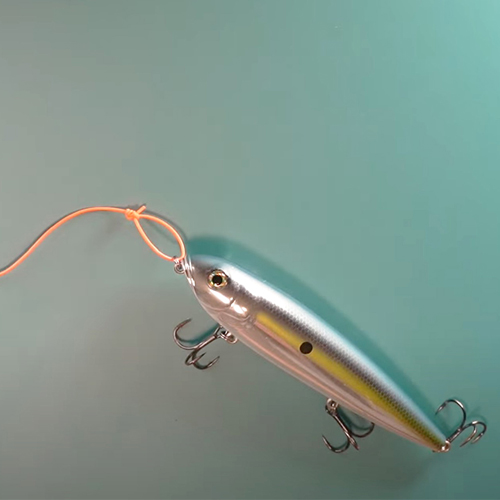Ice Fishing Lines
Choosing the right ice fishing lines and learning how to set up your lines properly are two important parts of a successful fishing trip. Learn more in this section.
Best Ice Fishing Lines
The primary difference between ice fishing lines and open water lines is that lines made for ice fishing are generally much lighter. These light lines can transmit even the subtlest bites to your rod.
Fishing line for ice fishing, just like open water lines, are generally made from monofilament, braid, or fluorocarbon. Consider the species you plan to target, the ice fishing techniques you plan to use, and the water depth when selecting the best ice fishing lines.
Best Ice Fishing Lines For Panfish
When fishing for panfish species at depths over 20 feet, light, braided ice fishing line (4 to 6-pound test) is generally the best ice fishing line as it makes detecting bites and setting the hook quickly easier due to its lack of stretch. Light monofilament line (2 to 4-pound test), on the other hand, is the most commonly used type of ice fishing line when fishing through the ice due to durability.
Best Ice Fishing Lines For Larger Species
The best ice fishing line for targeting larger species, such as largemouth bass or walleye, is ice fishing line in the 8 to 10-pound test range. You may also want to use a fluorocarbon leader that will be less visible in clear water when fish are more finicky while offering more abrasion resistance. The additional abrasion resistance can be beneficial when reeling larger species up through the ice.
Rigging Your Ice Fishing Lines
Once you have decided on the best type and weight of line to use, you need to decide if you want to use a tip up line or hold your rod while fishing so you can start rigging your ice rods. Some anglers prefer to hold the rod to feel any bites. However, if you want to set out multiple rods or just relax while waiting for the action to pick up, an ice fishing tip up line may be preferable.
Follow these steps to set up your tip up line:
- First, tie an arbor knot around the tip up reel and wrap the line evenly in a clockwise direction.
- Attach a barrel swivel and leader. You can use an improved clinch knot to attach a barrel swivel to your ice fishing line. Using a barrel swivel can be quite helpful when fishing through the ice because it rotates and prevents your line from twisting. For walleye, bass, trout, perch and crappie, attach 2 to 3 feet of fluorocarbon leader tied to your barrel swivel.
- Tie your hook or lure onto your leader. The type of hook and knot you use should depend on the species of fish you are targeting. When ice fishing for species such as yellow perch and bluegill with natural baits, you may want to use an Aberdeen hook in a size 6 or 8.
- If using natural bait, attach a split shot to your leader. Finally, use split shot to keep your bait positioned in the strike zone and keep your tip up at a distance where the flag is clearly visible.
Wait for your first bite and get ready to catch a fish through the ice. Remember to keep a close eye on your rod tip. Any movement of your rod tip could be a sign that an interested fish is taking a taste of your bait or lure.
KEEP LEARNING

How to Tie the Non-Slip Loop Knot
The non-slip loop knot is a popular and reliable choice for securing hooks, lures, and other tackle to your fishing line.
LEARN MORE

Socials
Take me fishing social media links
LEARN MORE

TakeMeFishing x Teen Vogue
Join us on a creative journey as fashion designer Ahmrii Johnson walks us through her collaborative vision and process with Teen Vogue and fashion brand, Rentrayage, to create a special piece.
LEARN MORE


.png?lang=en-US&ext=.png)